Which of the following is the strongest base:
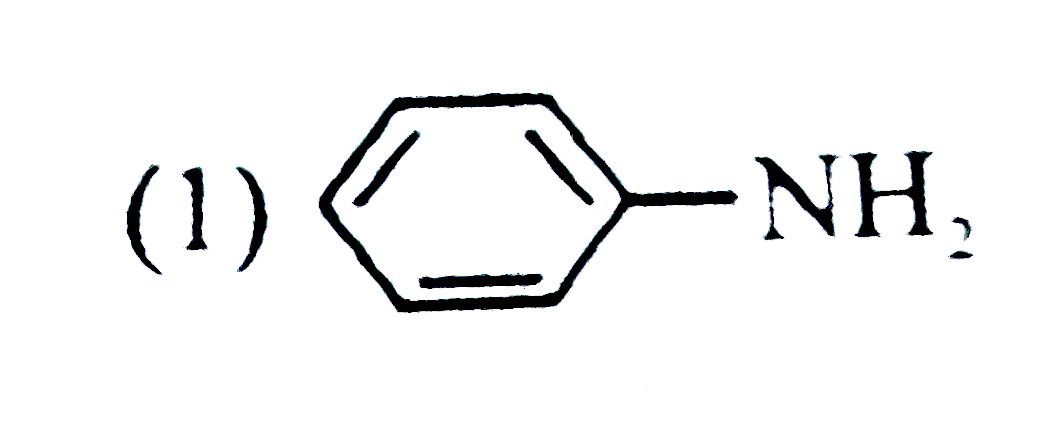



The correct Answer is:D
To determine which of the given amines is the strongest base, we will analyze the basicity of each compound based on the availability of the lone pair of electrons on the nitrogen atom. The basicity of amines is primarily influenced by the ability of the nitrogen's lone pair to be donated, which is affected by resonance.
1. Identify the Compounds:
Let's assume we have four amines labeled A, B, C, and D. Each of these amines contains a nitrogen atom with a lone pair of electrons.
2. Understand Basicity:
Basicity in amines is related to the availability of the nitrogen's lone pair for donation. The more available the lone pair, the stronger the base.
3. Analyze Resonance:
- In compounds A, B, and C, the nitrogen's lone pair is involved in resonance with an adjacent aromatic ring (like a benzene ring).
- This involvement in resonance decreases the availability of the lone pair for donation because it is partially delocalized.
4. Identify the Exception:
- In compound D, the nitrogen's lone pair is not involved in resonance. This means that the lone pair is fully localized on the nitrogen atom and is readily available for donation.
5. Conclusion:
- Since compound D has its lone pair available for donation and is not involved in resonance, it will be the strongest base among the given options.
Final Answer:
The strongest base among the given amines is Option D.
---
Let's assume we have four amines labeled A, B, C, and D. Each of these amines contains a nitrogen atom with a lone pair of electrons.
Basicity in amines is related to the availability of the nitrogen's lone pair for donation. The more available the lone pair, the stronger the base.
- In compounds A, B, and C, the nitrogen's lone pair is involved in resonance with an adjacent aromatic ring (like a benzene ring).
- This involvement in resonance decreases the availability of the lone pair for donation because it is partially delocalized.
- In compound D, the nitrogen's lone pair is not involved in resonance. This means that the lone pair is fully localized on the nitrogen atom and is readily available for donation.
- Since compound D has its lone pair available for donation and is not involved in resonance, it will be the strongest base among the given options.
The strongest base among the given amines is Option D.
Topper's Solved these Questions
- ACIDIC STRENGTH & BASIC STRENGTHBOOK - ALLENCHAPTER - ACIDIC STRENGTH & BASIC STRENGTHEXERCISE - Exercise V
16 Videos
- ACIDIC STRENGTH & BASIC STRENGTHBOOK - ALLENCHAPTER - ACIDIC STRENGTH & BASIC STRENGTHEXERCISE - Exercise III
14 Videos
- CONCENTRATION TERMSBOOK - ALLENCHAPTER - CONCENTRATION TERMSEXERCISE - Exercise Jee-Advance
3 Videos
- AIIMS 2019BOOK - ALLENCHAPTER - AIIMS 2019EXERCISE - CHEMISTRY
40 Videos
Similar Questions
Knowledge Check
Which of the following is the strongest Bronsted base ?
A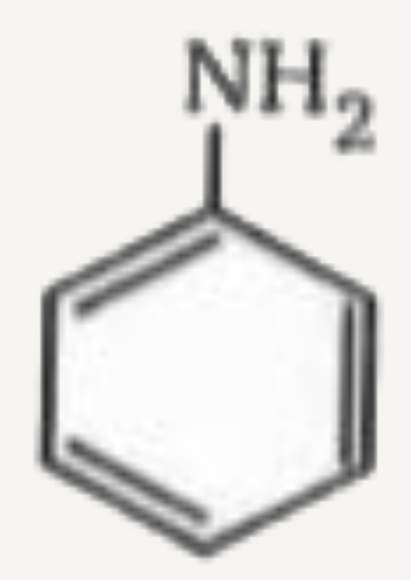 B
B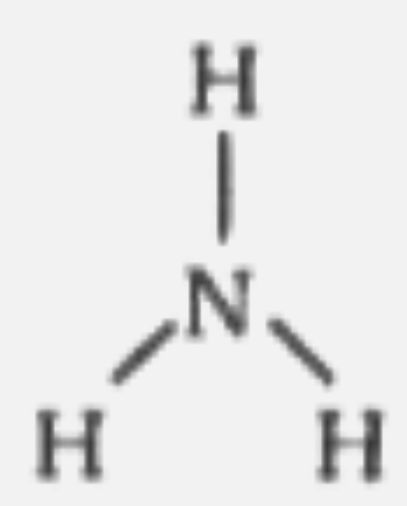 C
C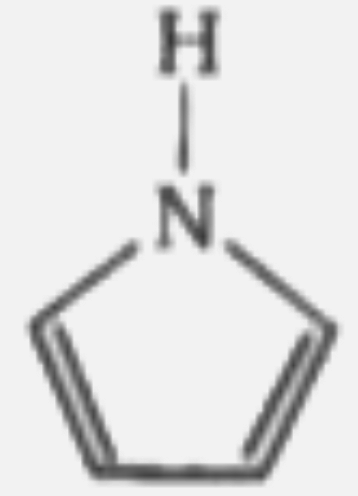 D
D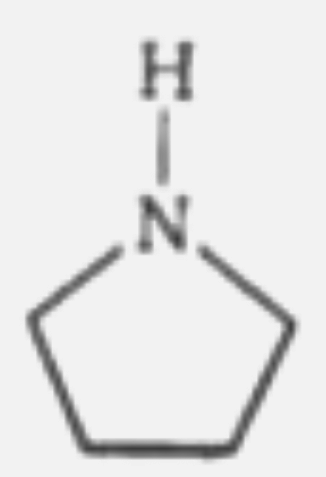
Which of the following is the strongest Bronsted base ?
A B
B C
C D
D
Which one of the following is the strongest acid ?
ACH3COOHBCCl3COOHCCHCl2COOHDCH2ClCOOH
Which of the following is the strongest acid ?
View SolutionWhich of the following is the strongest nucleophile ?
View SolutionWhich of the following is the strongest acid?
View SolutionWhich of the following is the strongest acid ?
View SolutionWhich of the following is the strongest nucleophile?
View Solution
